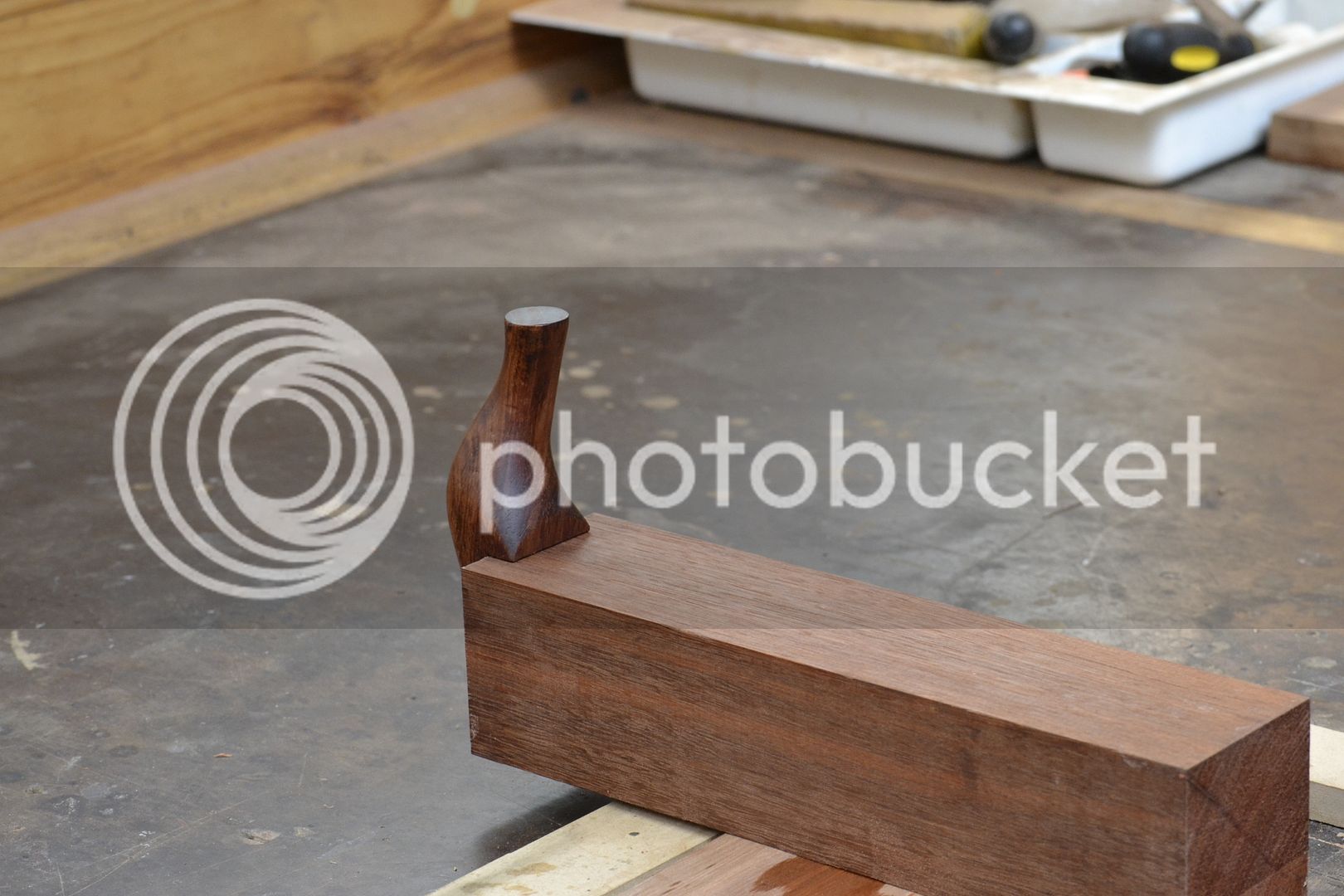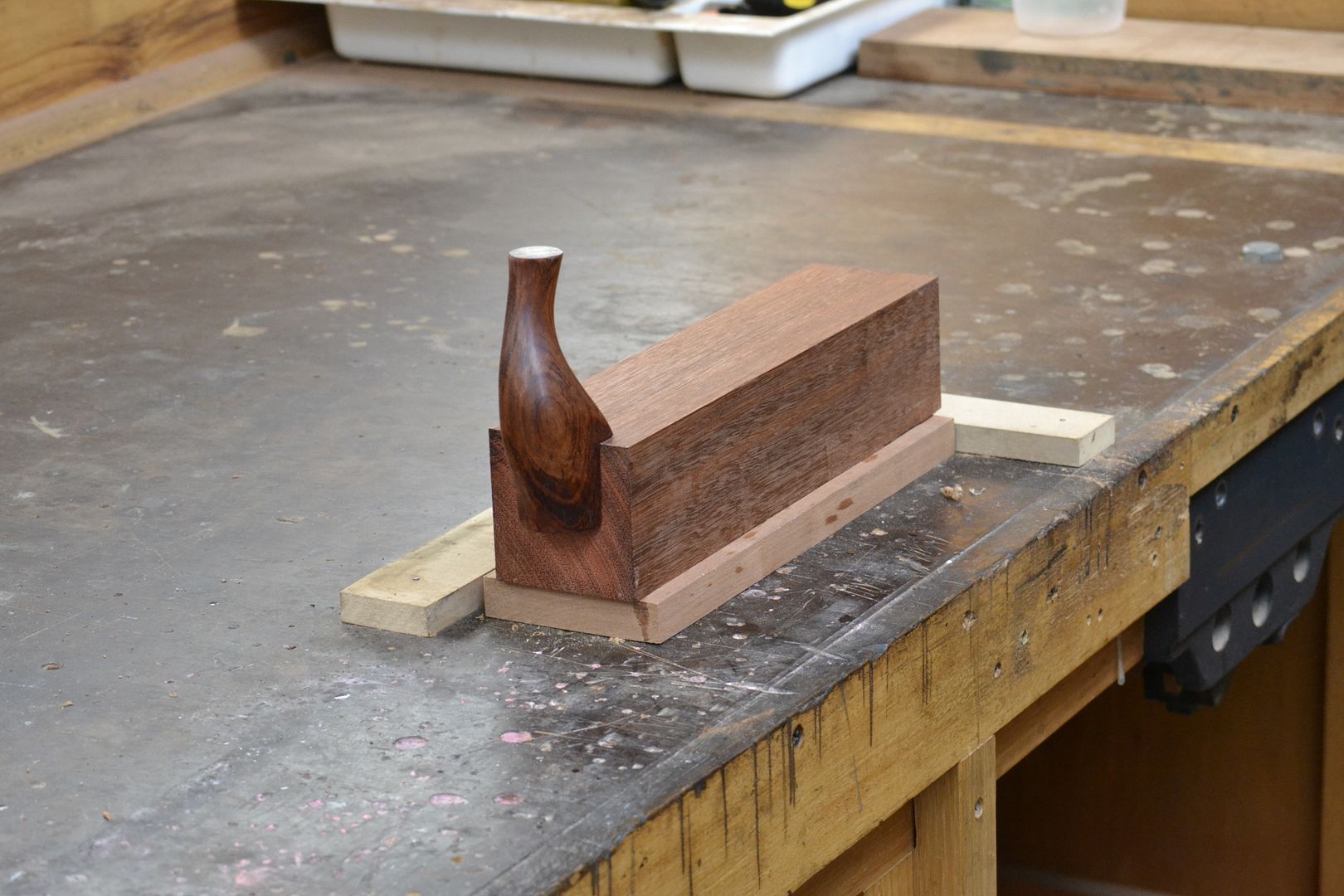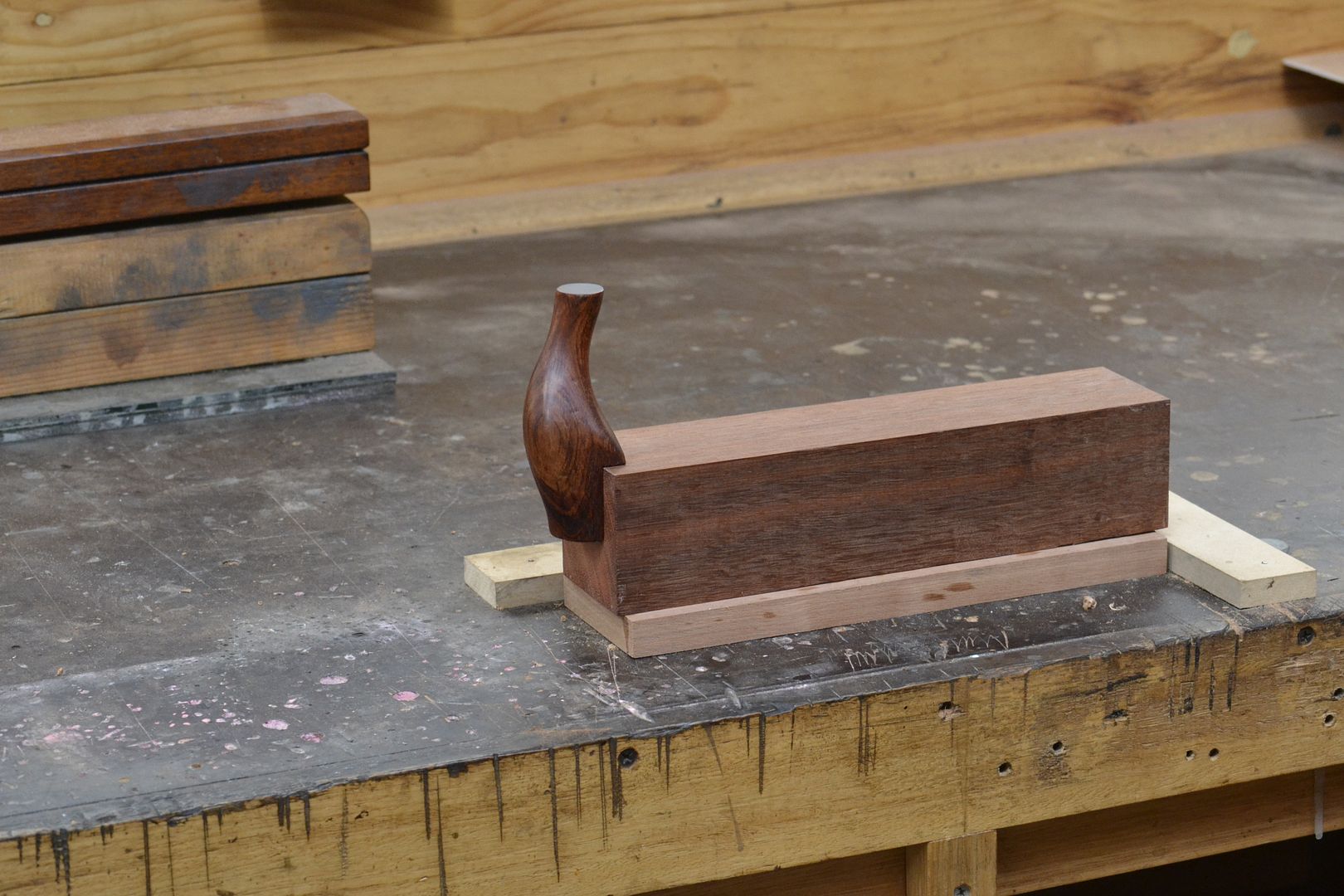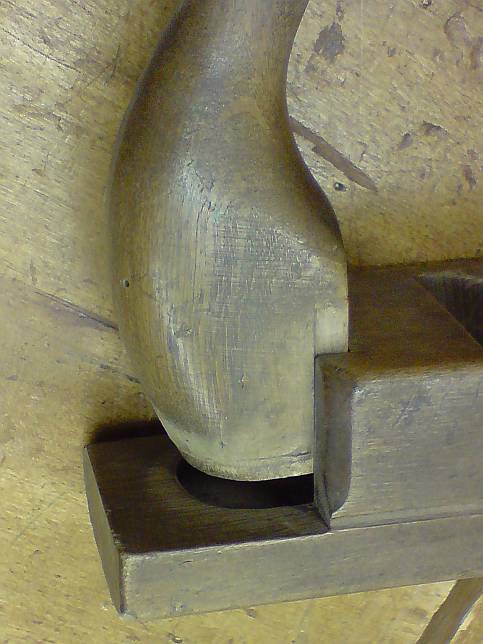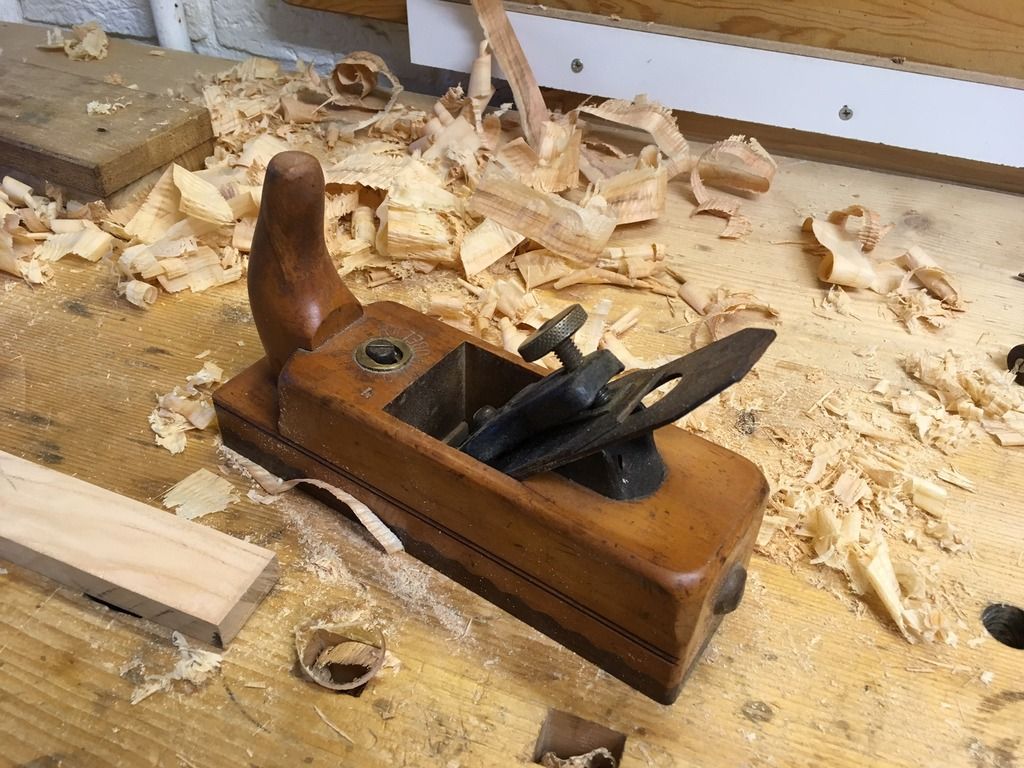swagman
Established Member
The following Smoothing Plane has been sitting in my workshop for the last 5yrs waiting for an opportunity to be fettled in and put to use. Today was that day. The sole of the plane needed a light dressing back, the irons wooden bed and wedge abutments were received a fettled in, and the double iron was de-rusted and prepped for use. The sole of the plane then received a rubbing of wax and was put to use on a short length of wedge stock that needed to be hand thicknessed down from 1" to 5/8". Thick or whisper thin shavings, this smoothing plane managed it effortlessly. This post should be treated as a kindly reminder that you don't need to spend a lot of money on a premium brand bench plane.
Stewie;
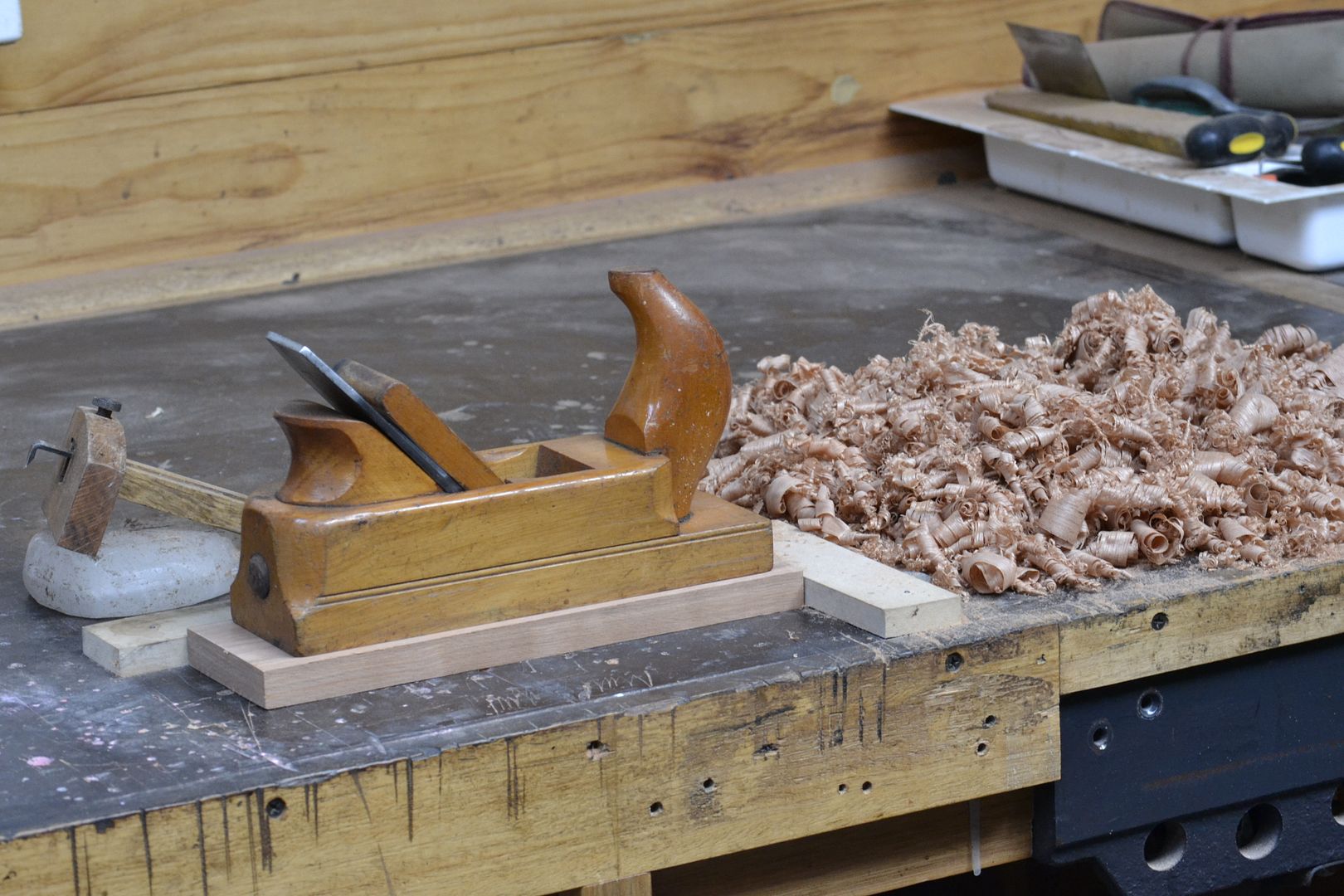
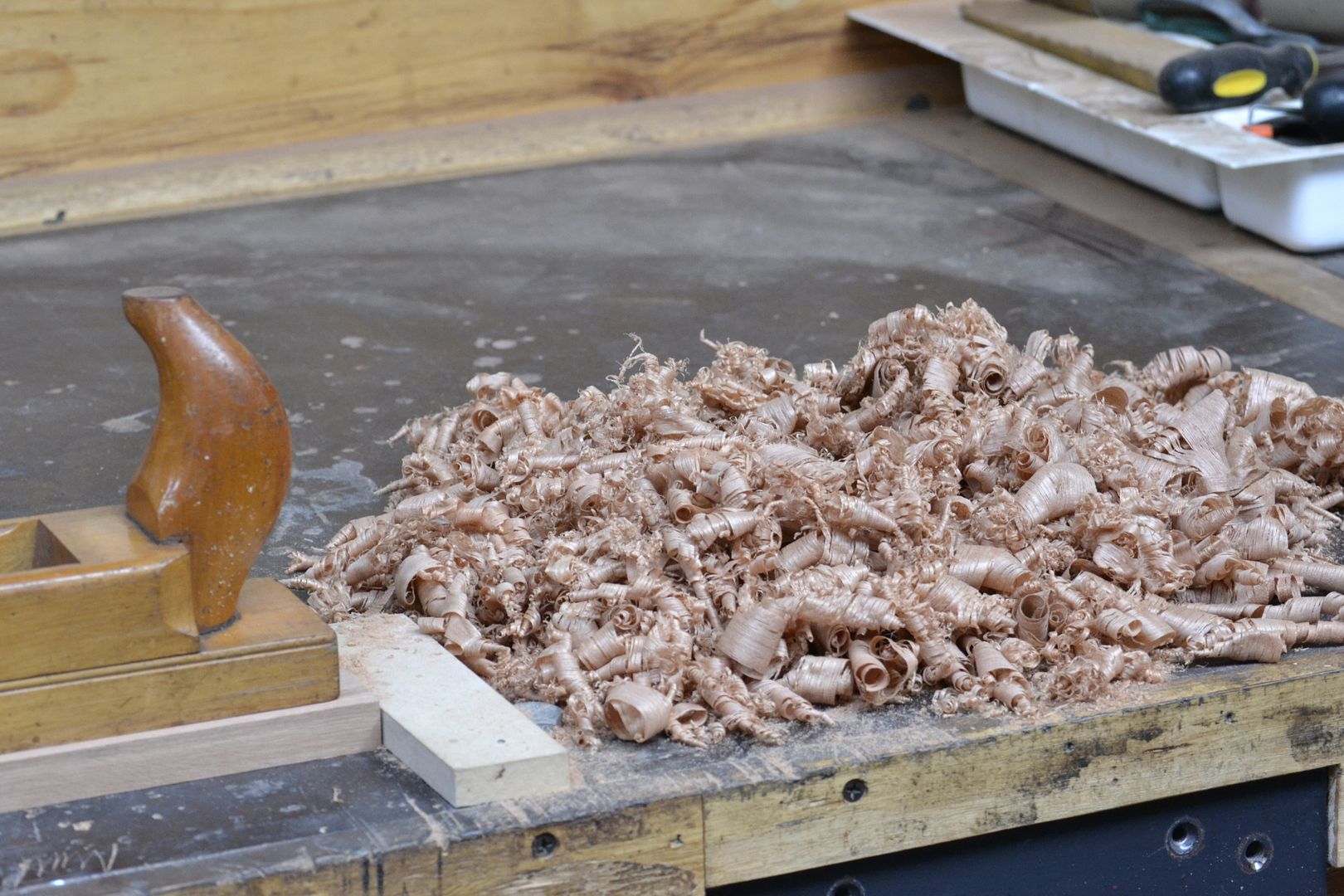
Stewie;







